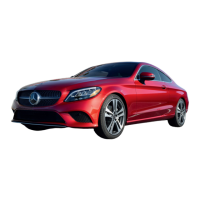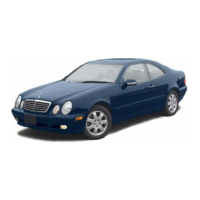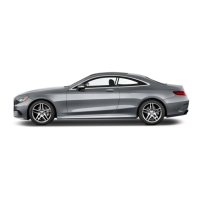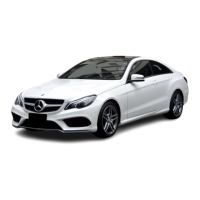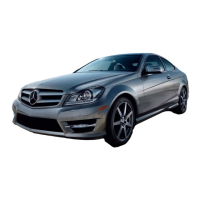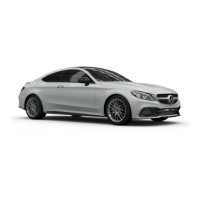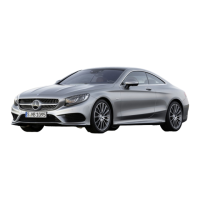At the lling station
Refuelling the vehicle
&
WARNING Risk of re or explosion from
fuel
Fuels are highly ammable.
#
Fire, naked ames, smoking and creating
sparks must be avoided.
#
Before refuelling, switch o the vehicle
and, if tted, the stationary heater and
keep switched o during lling.
&
WARNING Risk of injury from fuels
Fuels are poisonous and hazardous to your
health.
#
Do not swallow fuel or let it come into
contact with skin, eyes or clothing.
#
Do not inhale fuel vapour.
#
Keep children away from fuel.
#
Keep doors and windows closed during
the refuelling process.
If you or other people come into contact with
fuel, observe the following:
#
Immediately rinse fuel o your skin with
soap and water.
#
If fuel comes into contact with your eyes,
immediately rinse them thoroughly with
clean water. Seek medical attention
immediately.
#
If you swallow fuel, seek medical atten-
tion immediately. Do not induce vomit-
ing.
#
Change immediately out of clothing that
has come into contact with fuel.
&
WARNING Risk of re and explosion due
to electrostatic charge
Electrostatic charge can ignite fuel vapour.
#
Before you open the fuel ller cap or
take hold of the pump nozzle, touch the
metallic vehicle body.
#
To avoid creating another electrostatic
charge, do not get into the vehicle again
during the refuelling process.
&
WARNING Risk of re from fuel mixture
Vehicles with a diesel engine:
If you mix diesel fuel with petrol, the ash
point of the fuel mixture is lower than that of
pure diesel fuel.
While the vehicle is running, component parts
in the exhaust system may overheat without
warning.
#
Never refuel using petrol.
#
Never mix petrol with diesel fuel.
*
NOTE Damage caused by the wrong fuel
Vehicles with a petrol engine:
Even small amounts of the wrong fuel could
result in damage to the fuel system, the
engine and the emission control system.
#
Refuel only using unleaded, sulphur-free
spark-ignition engine fuel that conforms
Quick start and Tips
21
F236 0017 02

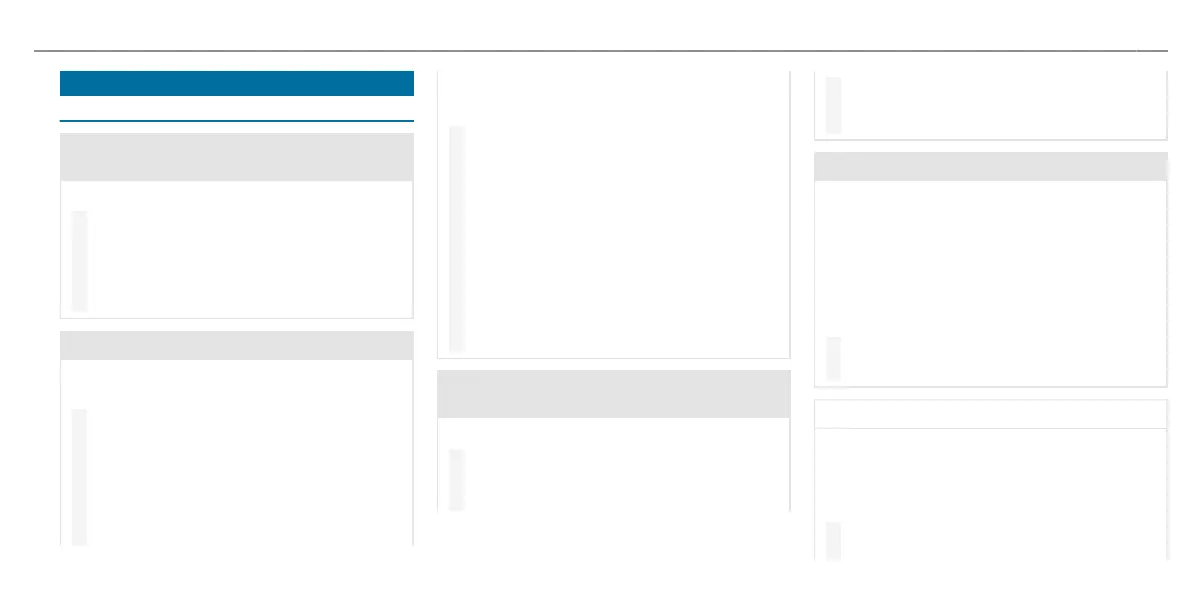